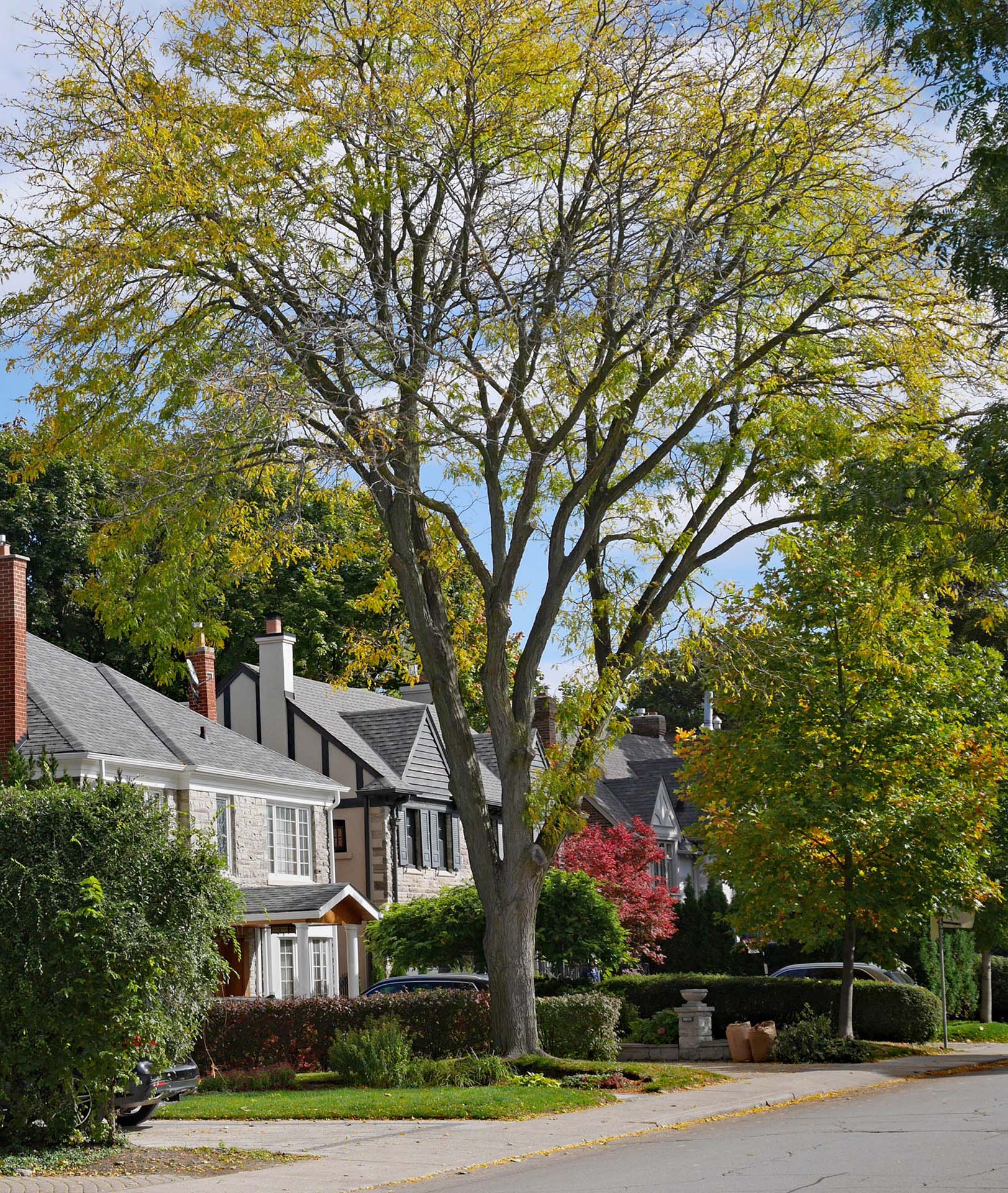
Why Tree Care Is Critical
The importance of trees to our planet’s existence cannot be understated—life would simply cease to exist without them. Some are thousands of years old, with one California tree thought to be the longest-living thing on earth. Trees help with the environment, making the planet livable through photosynthesis and rainfall filtration, among other processes.
And from a practical, twenty-first-century perspective, trees literally shelter us: not only from storms and heat but also from high electric bills by shading our homes. Just by their presence, trees are also known to improve people’s overall well-being, especially in cities.
So if you have trees on your property, count your blessings—and take care of your trees properly. It’s vital to keep up with tree maintenance for both safety and practical reasons. According to the 2018 Remodeling Impact Report: Outdoor Features by the National Association of REALTORS®, you can expect to recover 100 percent of your tree-care costs when you sell.
Here are questions to consider that can help you keep your trees flourishing, determine when they may be in trouble, and remove them, if necessary.
What can I do to help my trees?
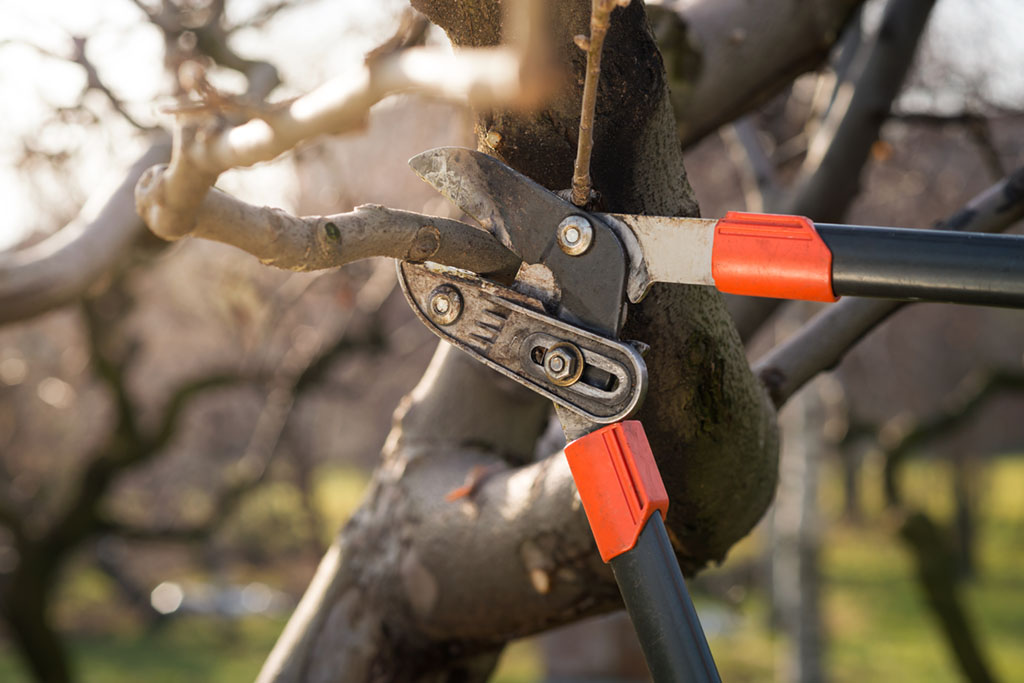
Some tree experts use a handy acronym to help people remember how to properly care for trees called the PINE method: prune, inspect, nourish, and extend.
-
Prune
Pruning gives your trees a trim. By cutting away overextended or dead branches, your trees will be stronger and flower better.
-
Inspect
Check your trees for disease and insect damage (using the tips in the next section), and try to spot any signs of dead branches, such as ones without buds.
-
Nourish
Trees need water and food to survive, too, and sometimes your yard doesn’t provide enough on its own. Experts recommend watering the roots a few times a month and adding a two- to three-inch layer of mulch to the base.
-
Extend
Simply put, planting new trees this year will help maximize the amount of time they can grow for next season. An ideal time to do this is in autumn.
Also, as a general rule, you should keep an eye on chemicals you use in your yard. Many of us use pesticides and herbicides to take care of insects and weeds that can harm our lawns and, even though many are safe for trees, some compounds can potentially harm them. Always look at the warning labels before applying such products and do so on a day without wind to avoid drift.
How can I tell what shape a tree is in?
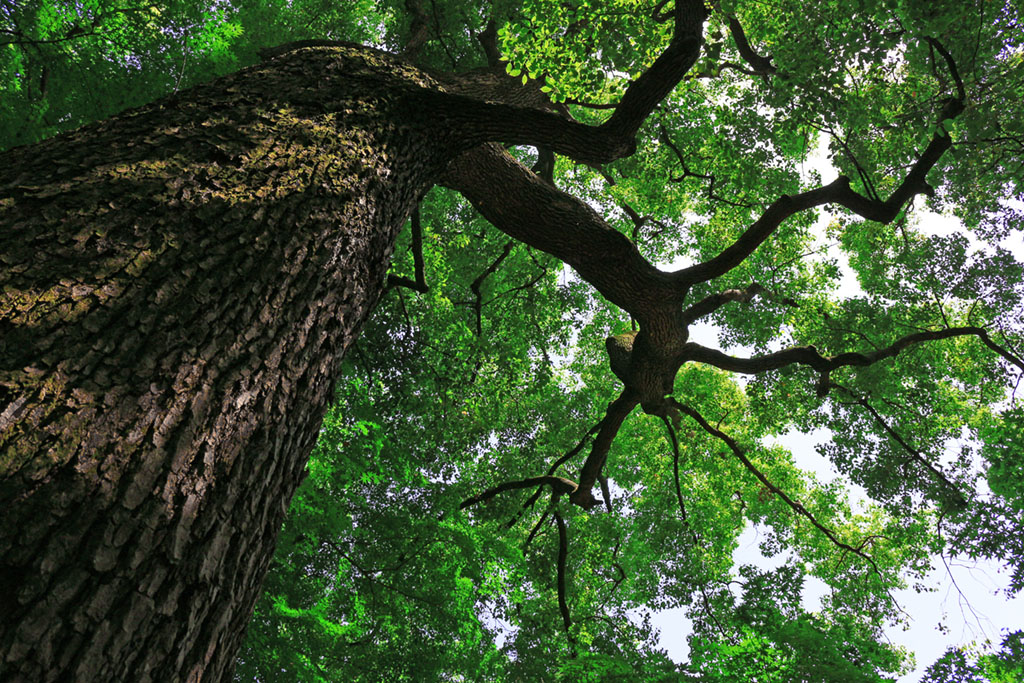
There are a few telltale signs of good or poor tree health. The signs of a healthy tree are usually obvious, with bountiful branches full of leaves and a strong, straight base being chief among them.
What can be trickier is determining if your tree is sick or dying. To do so, look up at your tree, straight at it, and below it.
-
Look up
Perhaps the easiest sign of a problem is when you see no foliage or only brown leaves during spring or summer. In addition, if you glance skyward and see that your tree is leaning noticeably or that branches are only flowering on one side, this can be a sign that there’s something amiss structurally.
-
Look at
Just looking closely at a tree can show some surefire signs of a problem. If a tree shows cracks, splits, or even cavities, especially in the base, it’s telling you that there’s damage. In addition, if the bark is falling off the tree, you may want to get it inspected.
-
Look under
Fallen branches are somewhat commonplace when a tree prunes itself, but if it becomes a frequent occurrence, it very well could be involuntary and a sign of a dying tree. Other warning signs on your lawn include sawdust (likely a sign of carpenter ants or beetles feasting on a weak tree), raised roots, and root rot.
Even though these tips can help you monitor your trees’ health, ultimately, it’s a good idea to have a certified arborist inspect your trees regularly to determine how healthy they are. These experts are better able to determine how sound a tree is internally as well as at its roots, which can extend far underground, and can advise you on whether any dying trees can be revived.
How much would tree removal cost?
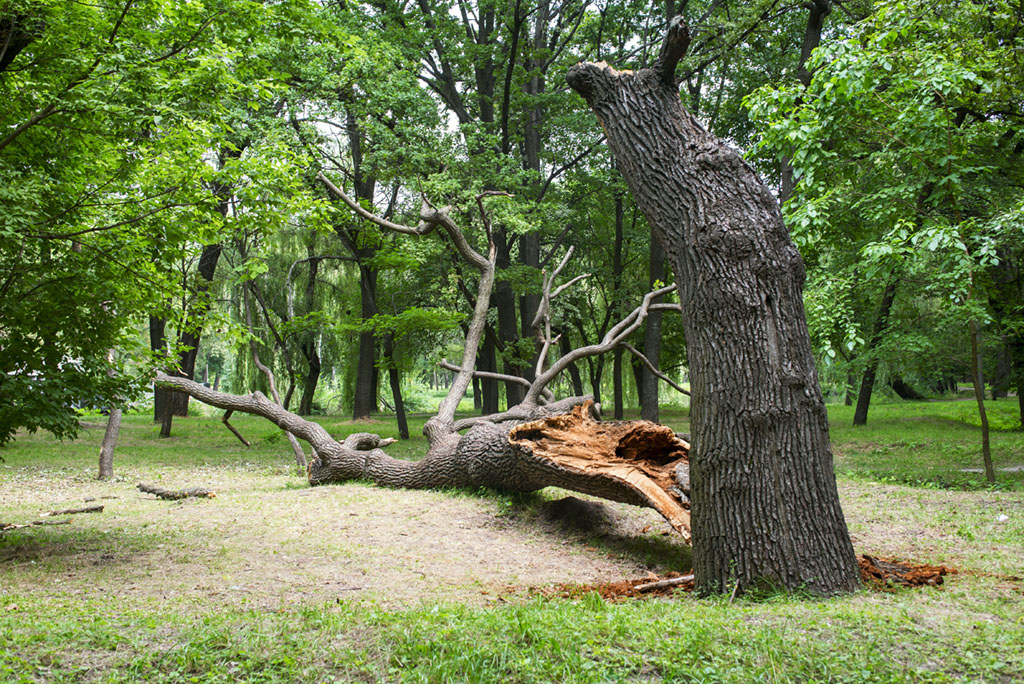
The answer depends on a few factors, most notably the size of the tree being removed, the type of tree, and where you live. Eliminating smaller trees can cost around $150 to $200, whereas large tree removal averages around $1,200 to $1,500. You can also expect the cost to be higher for a hardwood tree, such as oak, if you live a long distance from the tree-removal company or close to a public space, or if your tree encroaches a public road.
You also need to consider what happens after the tree is down. Will the company haul it away, or will you want the company to split the tree into logs for your fireplace? The latter will likely cost extra, but it may be worth it to have your own stack of firewood ready for winter.
In addition, there will be a stump left over in your yard, which can be an eyesore and make mowing your lawn more difficult; plus, it’s a tripping hazard. So you’ll need to decide beforehand whether you want to keep the stump or have it ground—which, again, will tack on a little more cost to the project.
What if a tree falls on my home?
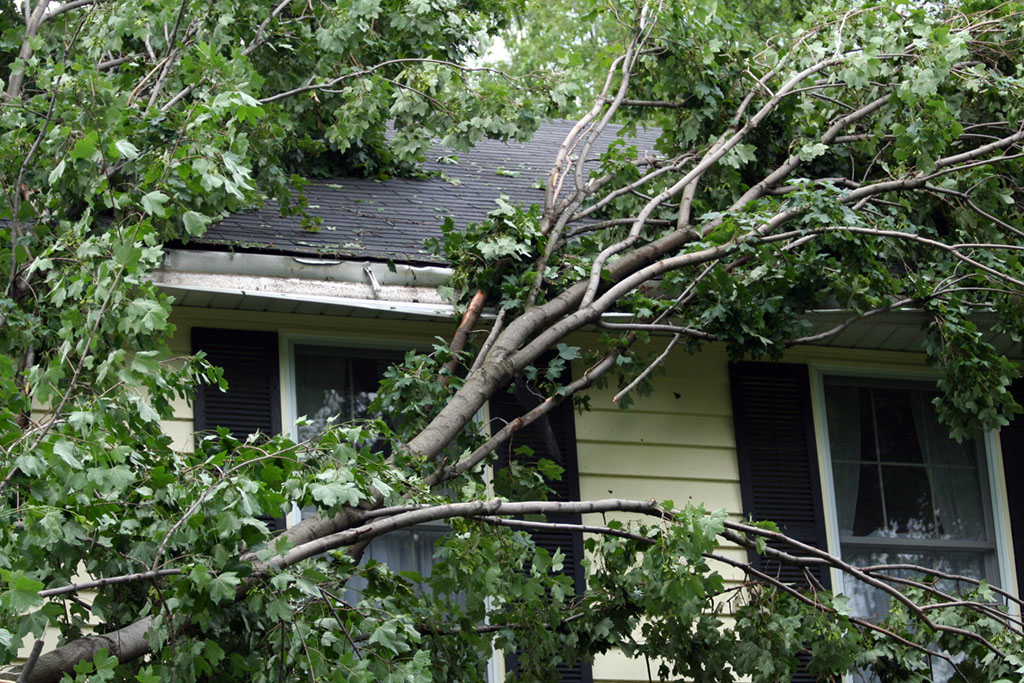
A common concern for homeowners is whether their insurance would cover the cost if a tree were to damage their home. The short answer is it depends on the tree and your insurance policy. In most cases, if a healthy tree topples over because of extreme weather, then insurance would help cover the cost to repair your home. However, if the tree was already in a state of decay, it gets dicey: your insurance company could very well determine that you’re responsible. The only way to know for certain is to review your homeowner’s policy and contact your agent if it’s not spelled out clearly.
For many people, living on a tree-lined street or having a yard full of trees is a priceless benefit, not only for the natural appeal but also for the mental and physical benefits they receive. If you take care of these gentle giants of nature, your property and your overall well-being can both thrive.
For more info, visit arborday.org or natlarb.com
Share these tree tips to help friends and family maintain their property.
Up Next:
Delicious Ways to Repurpose Food Scraps

Posted in Start Healthy September 2021 on Jun 17, 2021